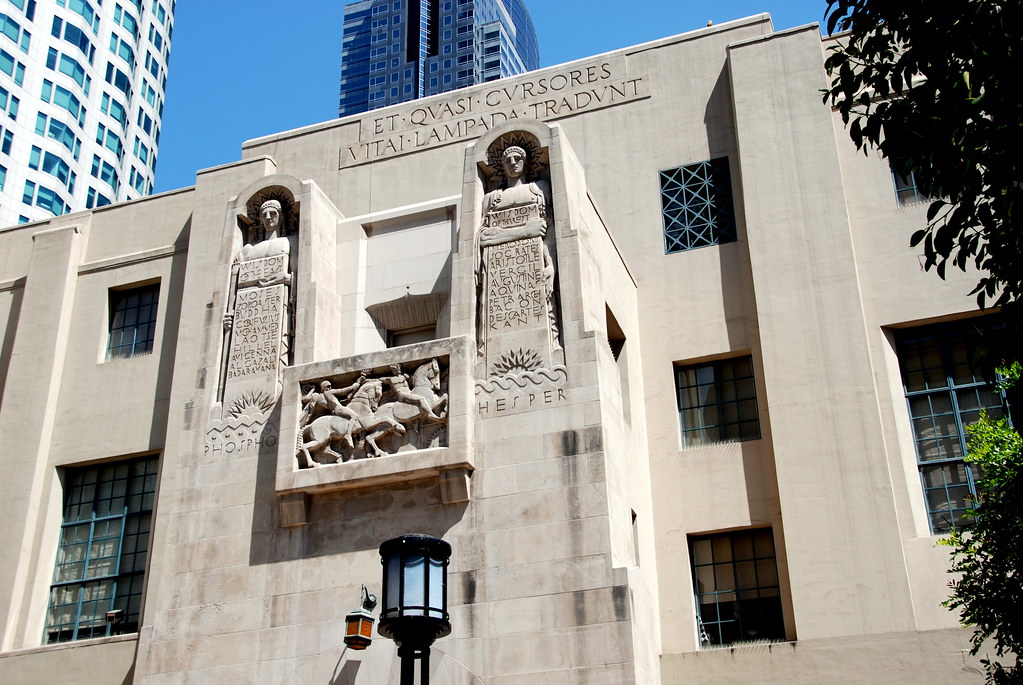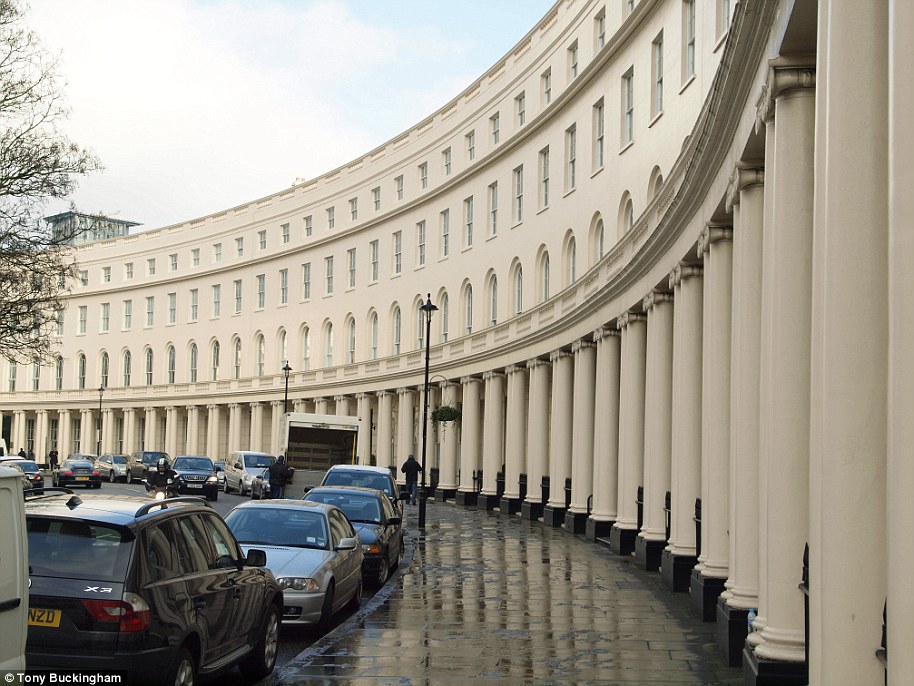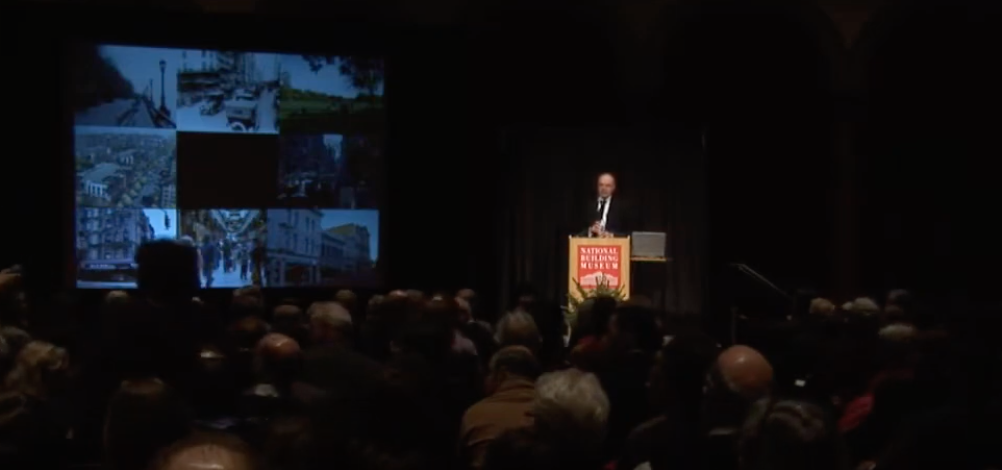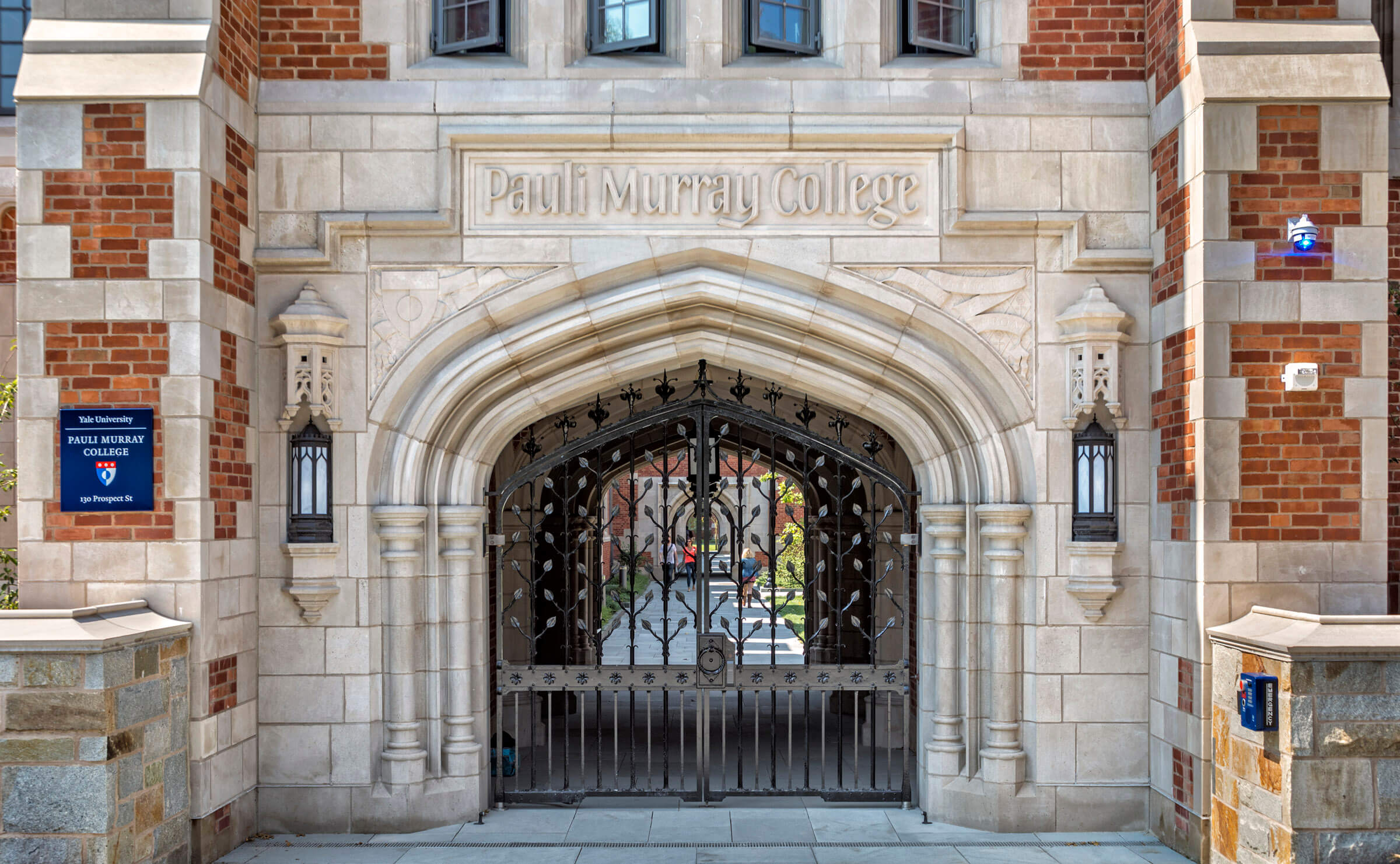Revivalism in architecture refers to a style that consciously echoes or evokes the style of a previous era. This blurs an important distinction. The Italian Renaissance and the British Gothic Revival were echoing the styles of earlier eras, earlier local eras. The Greek Revival, on the other hand, whether it occurred in Berlin, Edinburgh, or Philadelphia, was a foreign style from far away; it was a transplant. That did not mean that it was less authentic, but it did give it a different meaning. When Robert A. M. Stern built Franklin and Murray colleges at Yale in 2017, he was reviving James Gamble Rogers’s Collegiate Gothic of the previous century. But Rogers had not revived a local tradition; his inspiration was a collection of postcards and photographs of Oxbridge colleges (that he had not visited). He was transplanting.
VENERATION
I recently spoke in Charleston at the first national meeting of the Institute of Classical Architecture & Art. The ICAA is, in its own words, “committed to promoting and preserving the practice, understanding, and appreciation of classical design.” Exactly what is “classical design”? According to Wiki, “classical architecture usually denotes architecture which is more or less consciously derived from the principles of Greek and Roman architecture of classical antiquity.” That is the art historical definition, but judging from the Professional Portfolio regularly published in the ICAA’s journal, The Classicist, Gothic, Moderne, Art Deco, and various vernacular residential styles such as Shingle Style,








